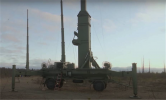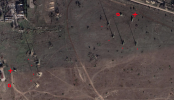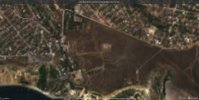Ukrainians are likely to experience the coldest winter in decades, its gas chief has said, as the thermostats on its Soviet-era centralised heating systems are set to be switched on later and turned down.
Yurii Vitrenko, the head of the state gas company Naftogaz, said indoor temperatures would be set at between 17 and 18C, about four degrees lower than normal, and he advised people to stock up on blankets and warm clothes for when outdoor temperatures fall to and beyond the -10C winter average.
“Heating season”, the period when the central heating is on, will come later and end earlier, said Vitrenko.
The target depends on Ukraine’s international allies giving it the necessary funds to import 4bn cubic metres-worth of gas, as well as no wildcards playing out – such as Russia destroying gas infrastructure or further decreasing its gas supplies to Europe.
“Without the [western] financial support we will lack gas and it will mean we’ll have really high risks for the power system [going] down,” Vitrenko said. He described how Naftogaz backed up some of Ukraine’s power companies with gas in March when coal supplies were halted by the war. “[Otherwise] there would have been no electricity,” he said.
“[Without the gas imports], there will be blackouts in big parts of Ukraine,” Vitrenko said. “In terms of heating, if we don’t have this 2bn cbm of gas, then it will mean some of the households will not get enough heating … so it will be really too cold.”
Ukraine produces about 60% of the gas it needs domestically and imports the rest from its European Union neighbours at market prices. The country stopped buying gas from
Russia directly in 2014, though it still consumes much of the same Russian gas that comes via pipelines through Ukraine from EU suppliers.











